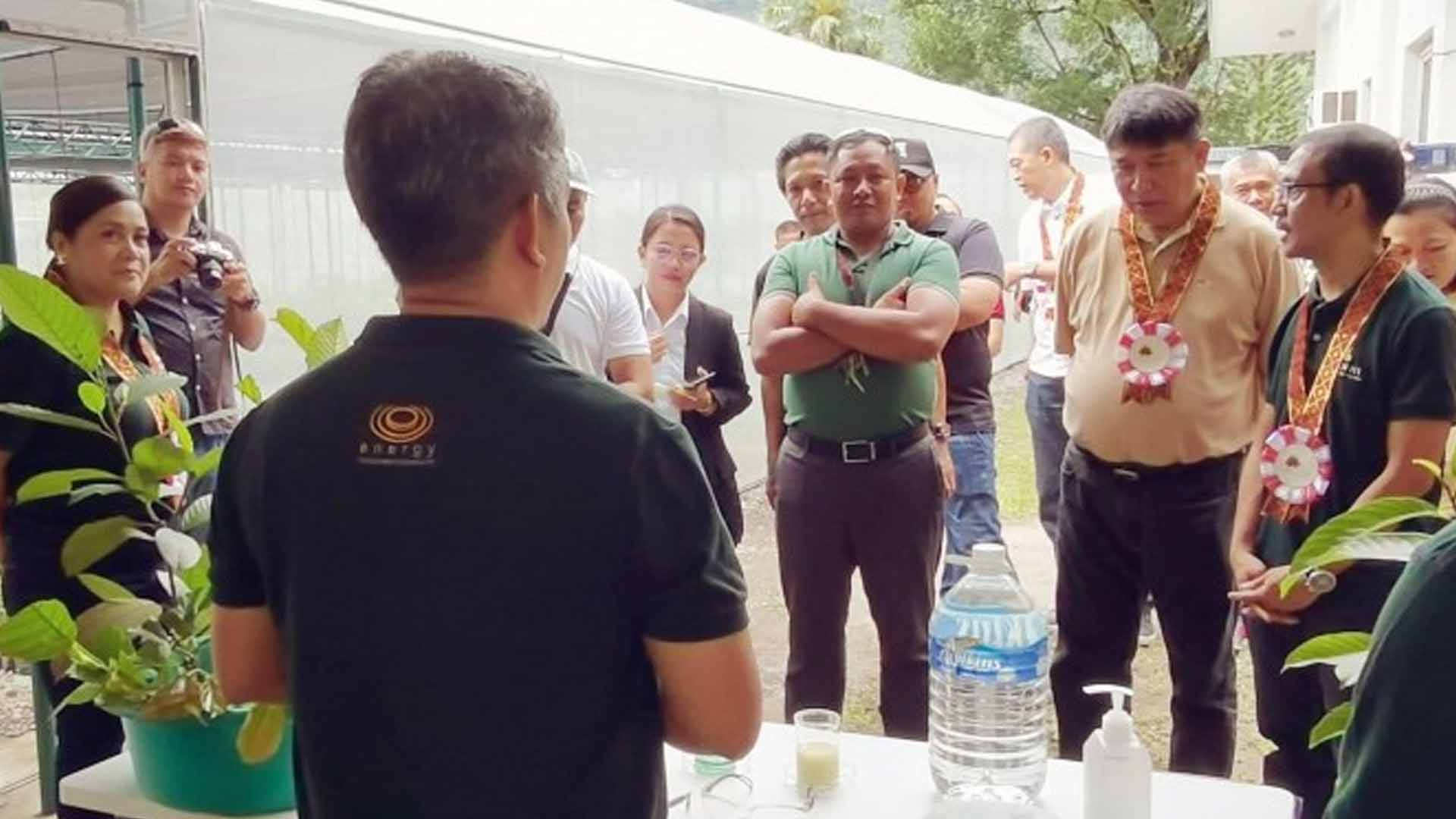The Department of Environment and Natural Resources (DENR 7) in Central Visayas region and geothermal power leader Energy Development Corporation (EDC) on Thursday reaffirmed their commitment to propagate and protect trees, particularly the endangered species.
The commitments were made during the relaunch of the state-of-the-art Vegetative Material Reproduction (VMR) Facility and the early celebration of Arbor Day at the EDC Ticala Admin Complex in Barangay Caidiocan, Valencia town.
DENR 7 regional executive director Paquito Melicor stressed the need for partners from other sectors to succeed in its environmental protection and preservation programs, such as reforestation and tree planting and growing, as government cannot do it alone.
“If we rely on government alone, di gyud kaya (it is quite difficult), and it is only possible when there are partners like this, such as EDC, the Negros Oriental Chamber of Commerce and Industry, local government units, and partner organizations, when it comes to planting trees not only in our forests but also in our respective areas,” he said.
Tree-planting is a regular advocacy, and many people may already get tired of it, but this is something to be done every year to protect the environment.
Melicor pointed out that the VMR automated nursery is timely because of the government’s policy prohibiting the planting of exotic and invasive species in protected areas.
Only native and indigenous tree species are allowed for planting in these protected areas, he said, noting that in the past, many efforts were focused on the fast-growing species like mahogany and gmelina but the government is now moving away from that.
One of the hitches, however, is that native trees like lauan have a longer cycle before they bear fruit and seeds but with the VMR facility that paves way for faster reproduction of seedlings, the normal cycle of about five to 10 years may be lessened, he added.
For his part, lawyer Allan Barcena, EDC’s Assistant Vice President and head of Corporate Relations and Communications, said the relaunching of the VMR strengthened their commitment to continue greening Negros Island through their BINHI program.
“The VMR reinforces our commitment to propagating Philippine endemic tree species like EDC Negros’ flagship species, the Red Lauan,” Barcena said.
BINHI is EDC’s banner environmental program and one of its main goals is to “mainstream and bring back Philippine endangered native tree species to abundance,” he said.
“We are working on achieving this goal with a complete value chain that addresses the extinction of these precious Philippine trees,” he added.
Propagating tree seedlings is crucial to forest restoration but one challenge is that some of the forest species are sensitive to grow and propagate, Barcena said.
Last year, the DENR through its Biodiversity Management Bureau and EDC renewed its commitment through a memorandum of agreement for the VMR nursery and the reproduction of native tree species to protect them from threat or extinction.
To date EDC has already produced more than one million seedlings of native tree species through this nursery and has established propagation protocols for 67 threatened tree species like Tindalo, Molave, Yakal, Almaciga, Kamagong, among others. The documentation of its propagation research still continues to this day.
The company now has over 200 BINHI partners from 16 regions all over the country and has pledged to keep on planting and nurturing native trees in addition to the 6.8 million seedlings that the company has already planted since 2008.
More than 2.5 million of these were planted on over 3,000 hectares in Negros Island with the help of EDC’s over 30 BINHI local partners.
Meanwhile, in celebration of Arbor Day this Sunday, EDC and DENR officials and partners from the LGU, youth groups, and host barangays, planted native trees at a mini-forest in SNGP complex in Ticala. (PNA)




